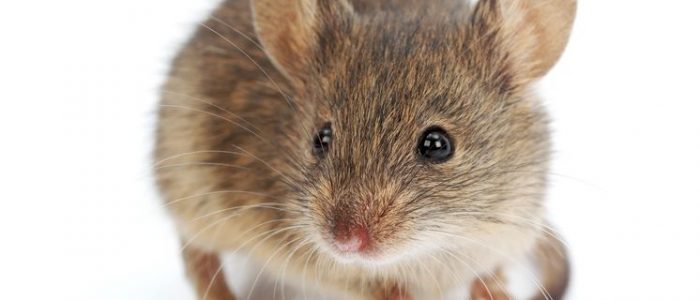The First Thing Seasoned Pest Control Professionals Do When Inspecting Homes For House Mice
Experts say that rodent pests are becoming more prevalent in urban and suburban regions throughout the world, and pest control companies in the US are feeling this increase. The seemingly unexpected state-wide lockdowns over the Coronavirus epidemic have certainly fueled an increase in rodent pest activity in cities throughout New York state, with rats being the most troublesome in neighborhoods. Due to the lack of human activity in cities throughout New York, fat urban rats are no longer able to locate food discarded in restaurant and supermarket dumpsters. As a result, rats have been invading suburban areas where they have made brazen attempts to enter homes due to being in a state of starvation. When rats or any other rodent pest become established near a food source within homes, they will go to great lengths to preserve their indoor habitat by hiding within inaccessible areas, particularly wall voids. When rodents need food, they will enter living spaces solely at night when residents are sleeping, and they will only eat food sources that appear familiar, unaltered, and therefore, safe to eat.
The house mouse is the most commonly encountered rodent pests within homes, and they are widely considered to be the most successful mammals in the world. Despite this, many people are under the impression that mice are not terribly intelligent, and are therefore, easy to control. Of course, this is not the case, and understanding that house mice are surprisingly competent problem solvers and planners allows pest control professionals to control the pests more effectively. One seasoned pest control professional explains that carrying out a thorough inspection within and around homes is the first step in any rodent control program. According to this professional, during rodent inspections, the warmest indoor areas should be investigated first, as house mice immediately establish a nest within a relatively warm spot after gaining indoor access. House mice mate after establishing a well-concealed and warm harborage, and eventually, they emerge in the open at night to raid pantries. Although searching homes for droppings, and inspecting tight nooks and crannies whenever they are found are important aspects of a rodent inspection, pest control professionals and residents can often save themselves a lot of time by first pinpointing and then searching all high-temperature indoor areas for signs of house mice.
Have you ever carried out an amature rodent pest inspection within your home?


Comments are closed.